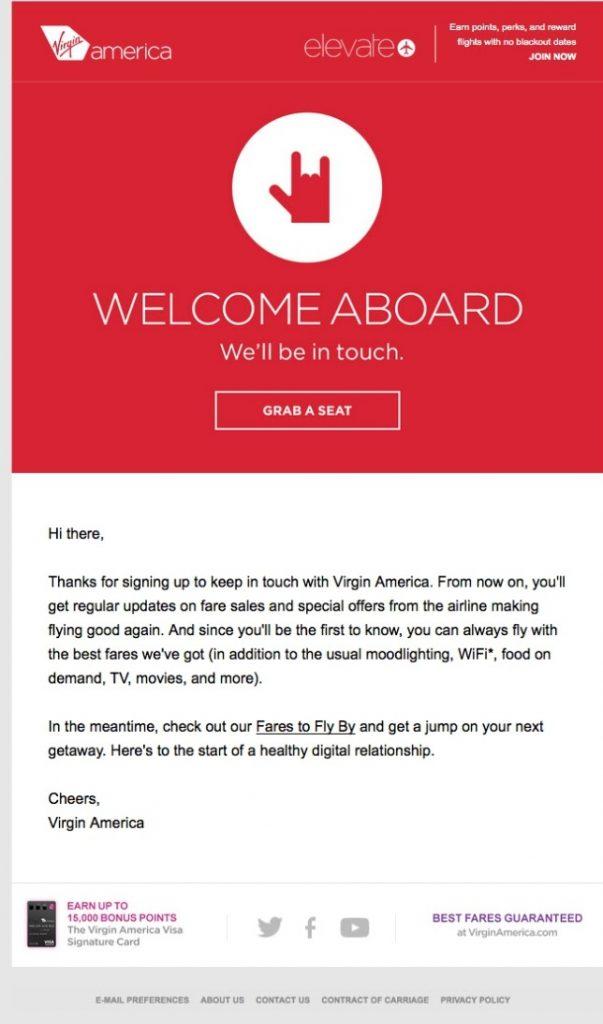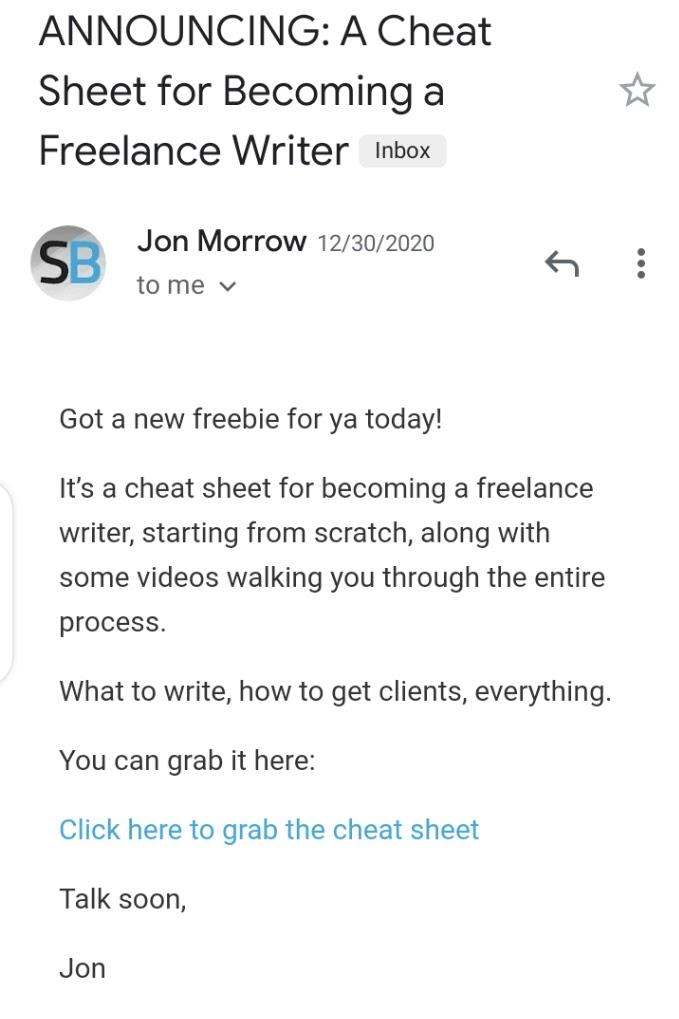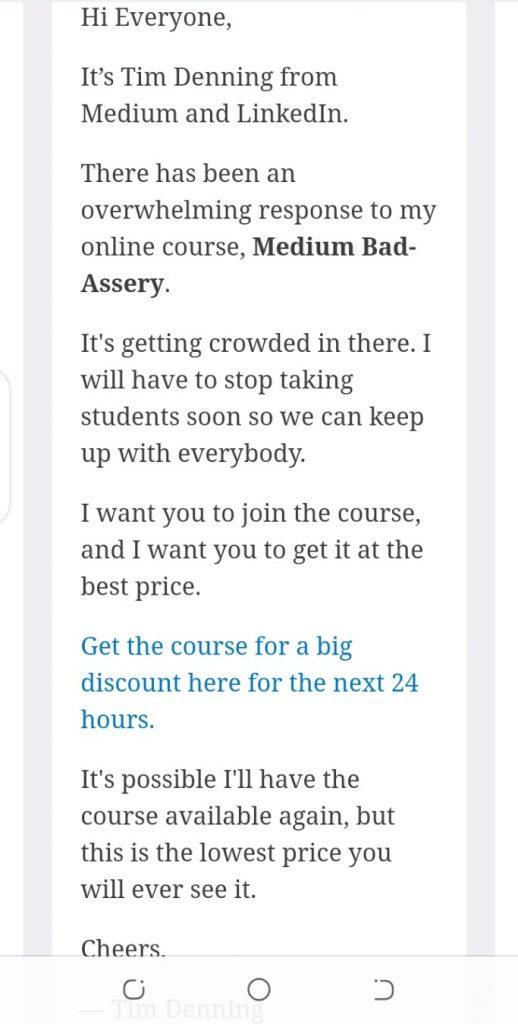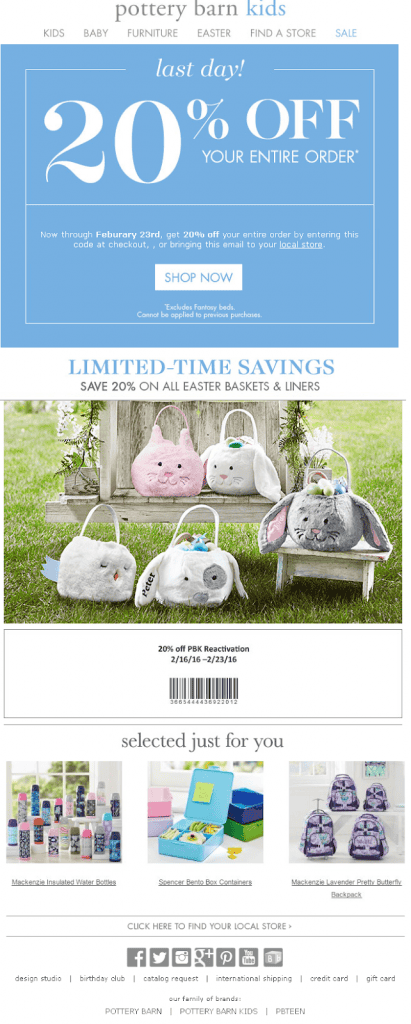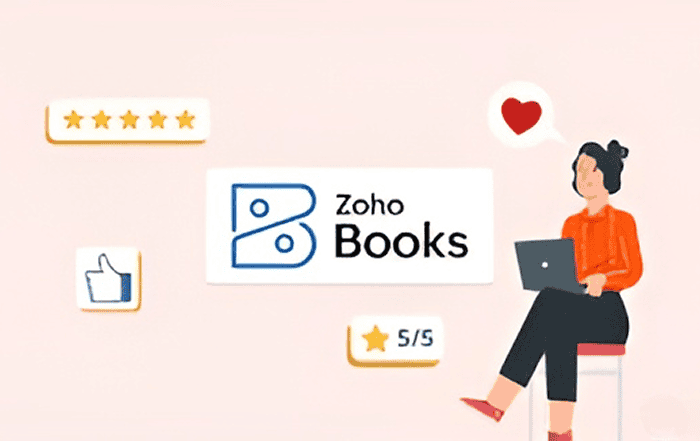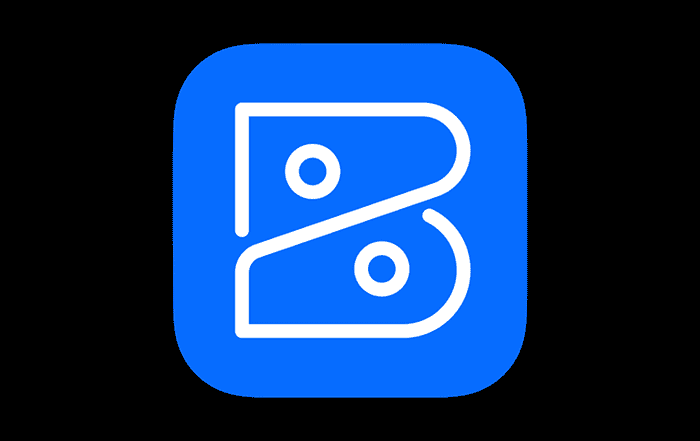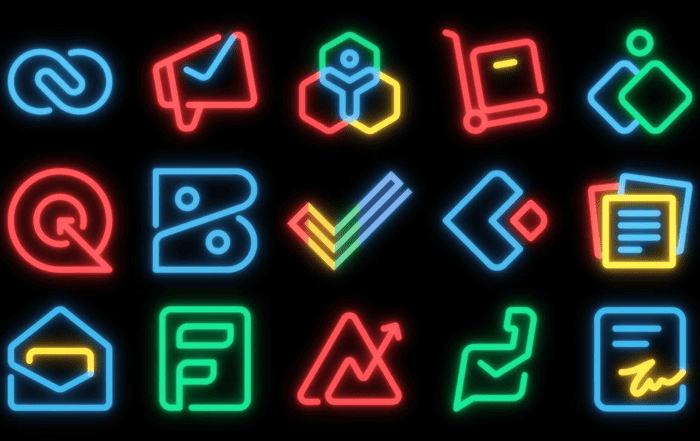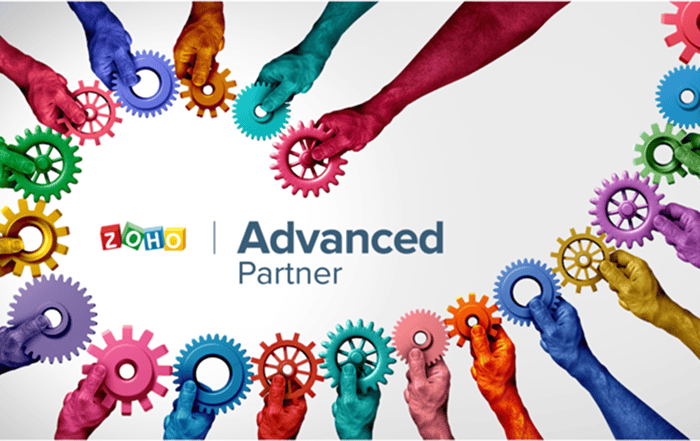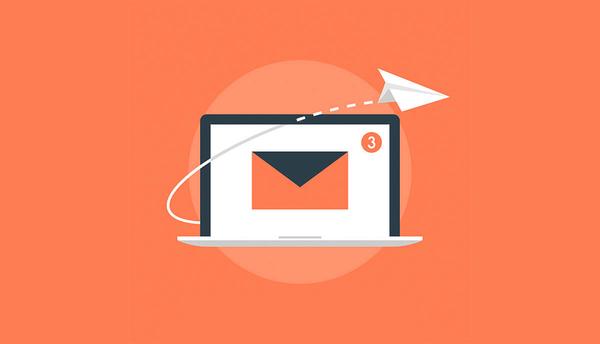
In recent times, focusing on customer acquisition is vital to a business’s success. However, many entrepreneurs overlook an equally important tool: customer retention. When it comes to customer activation and retention, emails remain the best channel. A survey carried out on emarketer.com shows that 56% of marketers consider email marketing the most effective way to reach customer retention objectives.
It is essential to channel the same energy you use to acquire new customers into retaining them. Research conducted by Howard Feiertag and John Hogan purports that one of the most significant reasons firms lose clients is because of “lack of customer contact and relationship building.” Here are some strategies for using emails to enhance customer activation and retention.
How to use email for customer activation and retention
It is essential to keep customers engaged because engagement leads to initial activation and long-term retention. To do this, you can send customer activation emails with any of these five purposes:
- Initial indoctrination
- Engagement
- Conversion
- Reengagement
- Advocacy
Each of the above-listed purposes is further highlighted below
1. Initial indoctrination
The essence of this type of email is to inform new subscribers about your brand and create a strong first impression. This email can also work to align your brand with the goals or Job To Be Done for prospective clients.
The indoctrination process can start in the very first email you send. After welcoming and thanking them, give them an insight on what they should expect from you, the type of content you’ll be sharing, and when your emails will be coming in.
Below is an image of a perfect initial indoctrination email from Virgin America. The company took its time to craft a compelling welcome email for its subscribers.
A critical look at the email will point out that it warmly thanks the new subscribers, informs them of what to expect from them, and finally presents a call to action to click on a link.
2. Engagement
This is the stage where you send more valuable content to your subscribers. Your aim may not be a direct sale at this point. Of course, that may be a fringe benefit but the major goal is to build the relationship.
However, it is germane to note that most people don’t have the time to read all the emails in their inboxes, especially lengthy ones. I won’t go as far as making a blanket statement that you should keep all emails short. Instead, test multiple lengths at different points in your email sequence until you find what works best to improve your subscriber engagement.
You could also offer useful pieces of information to your subscribers for free – training, blog content, webinars, checklists, etc., work well here. By doing this, you’ll gain their trust, and when you eventually pitch your business, they’ll be more receptive to your offers.
Below is an engagement email from Jon Morrow that illustrates this point well. Everybody loves a freebie; providing a valuable free offer will enable subscribers to engage with your brand. If they love what you offer in the freebie, you stand a chance of gaining a new customer.
Notice that the resource being given is hyper-relevant to a specific audience segment. It’s not a general ‘make more money’ cheatsheet. It’s geared towards a certain subset of Jon’s entire audience.
To be able to create targeted messages like this, you’ll have to do qualitative research. Create surveys or even hold interviews that get to the core of who your target demographic is and what they want to accomplish.
3. Conversion/activation
After your subscribers have engaged with your emails consistently (you can use tagging or lead scoring to understand the most engaged users) you can then proceed to the conversion stage.
This is where you clearly present your offers and make them the focus of your emails. Take into consideration the kind of content they’ve engaged within the past and send them offers relevant to that.
For example, if they’ve focused on beginner-level fitness content, send them offers in line with their skill set. This is personalization that’s not as obvious as inserting someone’s name but just as effective.
According to Campaign Monitor “emails with a personalized subject, lines are 26% more likely to be opened, and marketers have found a 76% increase in email revenue from segmented campaigns.”
When working with UsefulPDF, we realized early on that there were multiple segments that were interested in the tool. Because of that, multiple types of activation sequences were created based on the tags or score applied to contacts.
Another great incentive for converting subscribers into paying customers is through a discount or promotion.
Tim Denning’s activation email for his ‘Medium Bad-Assery’ class is an example of a short, compelling email that’s capable of getting tons of interested people to click and view the sales page. That’s where the magic happens.
4. Re-engagement
This is more like repeating the initial engagement stage. However, you have an edge at this point because, oftentimes, they’ve purchased from you or you have a profile of who they are based on their activity.
The customers’ purchase history, demographic information, email activity, or browsing history can help you segment your emails and launch relevant campaigns.
Segmentation leads to personalization and personalization, as mentioned earlier, leads to better results with your email campaigns. According to research conducted by Esperian.com “personalized marketing emails receive 29% higher open rates and 41% higher click through rates.”
By sending customers personalized re-engagement emails, you enhance the chances of retaining your existing customers.
The re-engagement email above not only offers the customers a discount. It also personalizes the email by recommending products for the customers based on behavioral data.
5. Advocacy
As you continue to build a stronger relationship with your clients through personalized emails, you’ll discover people who are deeply connected to your brand. These people can turn into your best source of referrals, testimonials, and goodwill.
A strategy to ultimately win your clients over is by sending them customer appreciation emails from time to time, providing top-notch customer service, and giving them a path to advocate for you.
You could ask loyal customers to give honest feedback on your product and services, set up an ambassador program that gives them perks or even highlights them on your social pages.
Summing up
There are many factors that impact a client’s decision to continue to patronize your brand; however, executing strategic email marketing is one of the factors that influence a customer’s decision.
Take a look at the email strategies above for customer activation and retention and apply them to your business. Keep the ones that work well and tweak the ones that don’t move the needle. Eventually, you’ll have a well-oiled retention machine.
